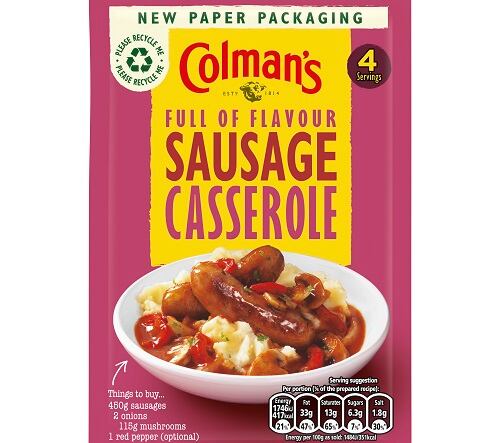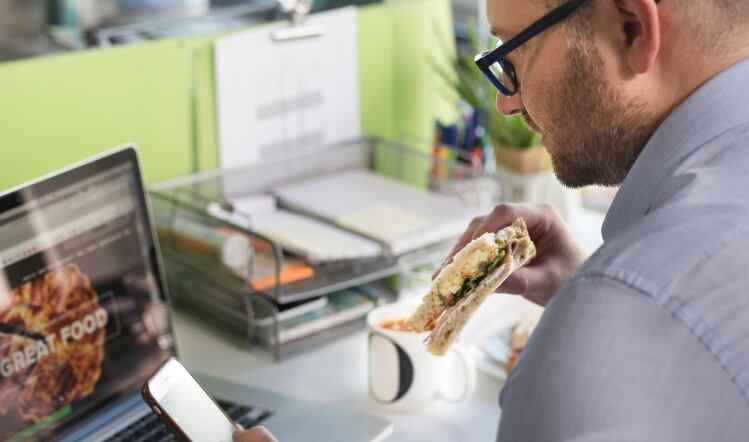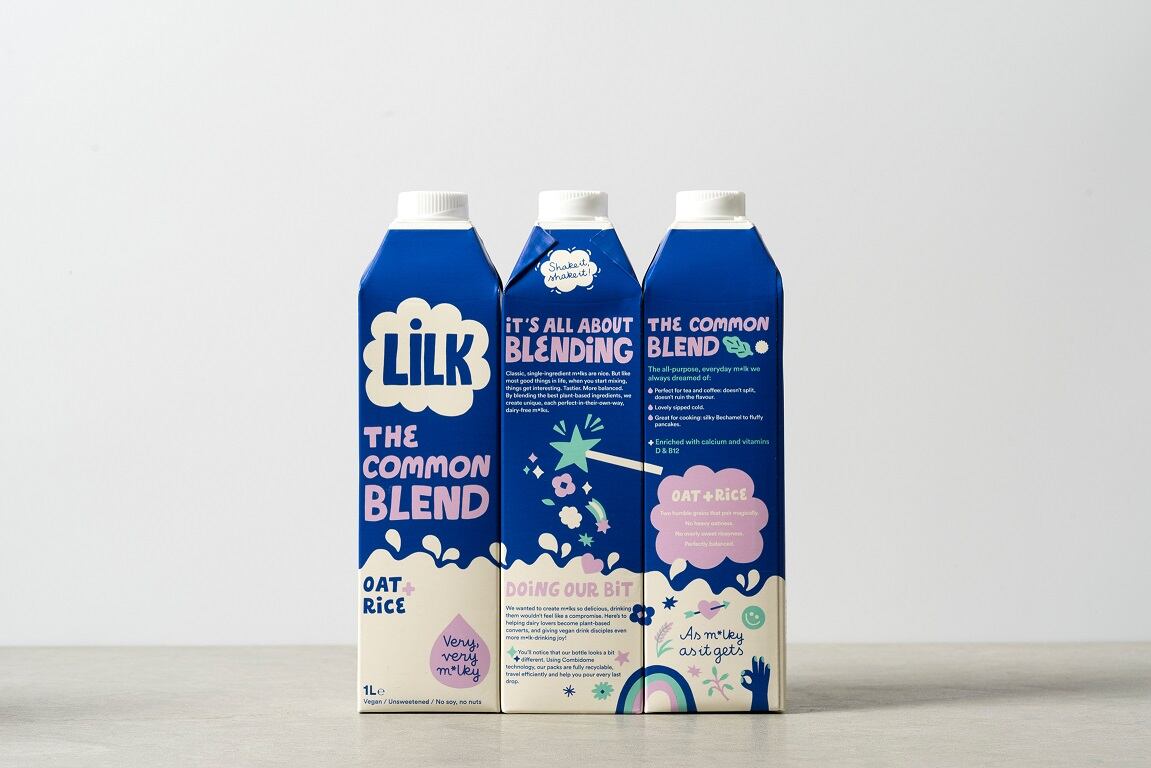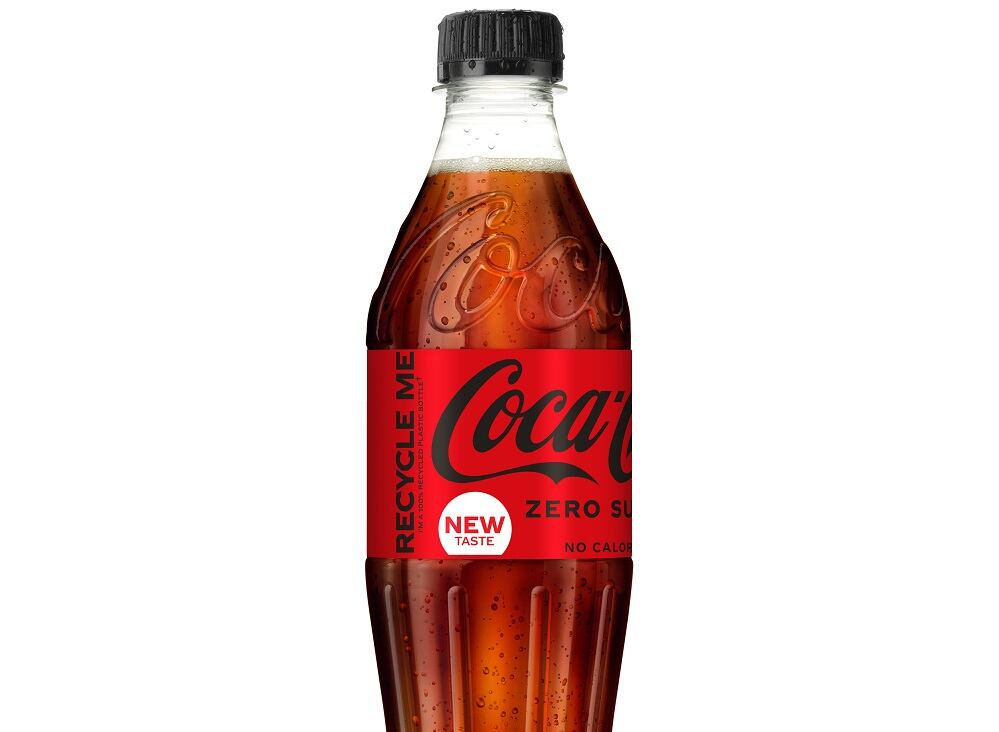Unilever and Mondi team up on green paper-based packaging solution
Unilever has worked with packaging solutions firm Mondi to develop high-barrier aluminium-free paper-based packaging for Unilever’s Colman’s dry Meal Maker and Sauces range. The material reduced plastic in the packaging, increased paper content, and replaced the previous unrecyclable multi-material laminate, ensuring recyclability in the UK paper waste stream, Mondi said.
The packaging has 85% paper content and an ultra-thin functional plastic layer that seals the packaging, and provides barrier protection for the food. Mondi and Unilever’s research and development teams identified this layer as the minimum acceptable protection needed to ensure a long shelf-life while maintaining high quality and reducing food waste.
Fikerte Woldegiorgis, foods marketing director, Unilever UK & Ireland said: “We are delighted to partner with Mondi to develop this recyclable paper packaging, becoming the first big brand within the category to do so. The new packaging, which uses a paper-base, ensures that shoppers can enjoy the same great tasting product they know and love, and now with the added benefit of being able to recycle the packs.”
Alternative oxygen barrier for food packaging
A research consortium at Wageningen University & Research (WUR) is working on an alternative to vaporised aluminium as an oxygen barrier for food and drink packaging, which is used for products such as coffee and crisps.
The new material uses a mix of positively and negatively charged polymers that form a dense protective layer against oxygen and do not require an energy-intensive layer-by-layer application. The discovery was the result of a collaboration between Wageningen University & Research, the University of Twente, BASF and AkzoNobel. Jiaying Li, a PhD student at the University of Twente, focused on polyelectrolytes, a type of polymer that is water-soluble.
“The gas-barrier features of these polymer-based coatings are at least equivalent to those of food packaging with aluminium coatings," said Jasper van der Gucht, professor of physical chemistry and soft matter at WUR. "Moreover, the potential environmental gain is big because polymer packaging is potential much easier to recycle.” Further research was needed to enhance aspects such as water resistance and mechanical stability. The new coating also had to be tested in packaging practice and its recyclability would have to be investigated, WUR said.
Packaging raw material costs (all data courtesy of Mintec)
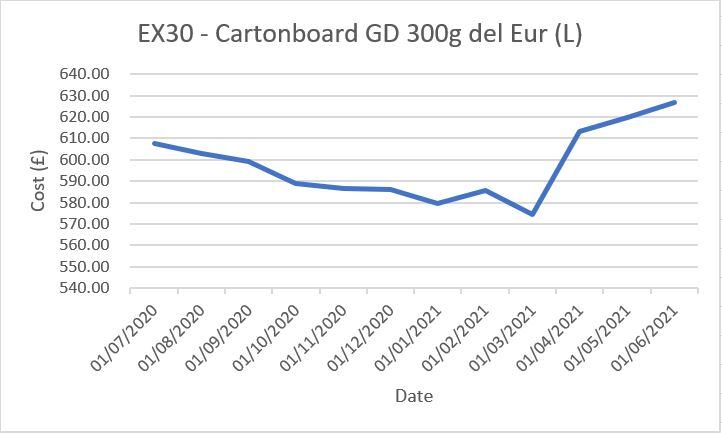
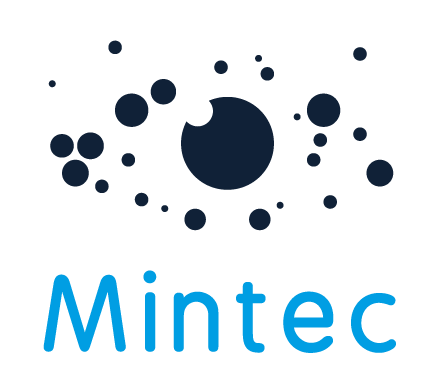
EU cartonboard prices continued to rise during the second quarter of the year, supported by an increase in lead times, robust demand, and limited supply. As of June, the EU GD (pigment coated recycled) cartonboard price was up 1% month-on-month (m-o-m) at £626.60/tonne (t). High prices for feedstock recovered paper also added further upward pressure to prices. According to market participants, lead times for GD2 are around 12-16 weeks.
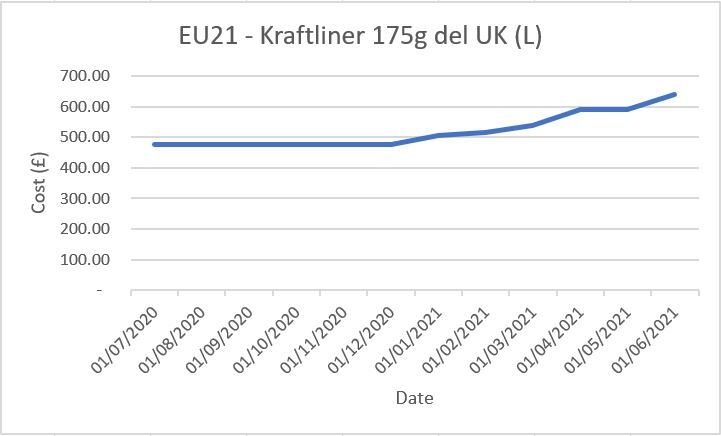
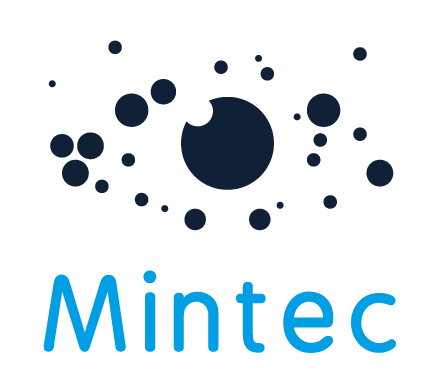
UK kraftliner prices continued to rally during the second quarter of the year, driven by brisk demand and scanter supply due to limited supply coming from Europe. This is in part due to post-Brexit red tape, making shipping to the UK more burdensome, but mainly due to a shortage of drivers impacting deliveries across the Channel. UK kraftliner 175g was trending at £640/t in June, 27% higher compared to the beginning of 2021.
EU prices for most linerboard rose in June, driven by high raw material costs amid limited supply. The average June price of French kraftliner 175g was up 6.3% m-o-m at €847/t, on the back of solid demand outstripping supply. According to market participants, kraftliner remains the scarcest type of corrugated case material, and delivery times continue to be stretched.

